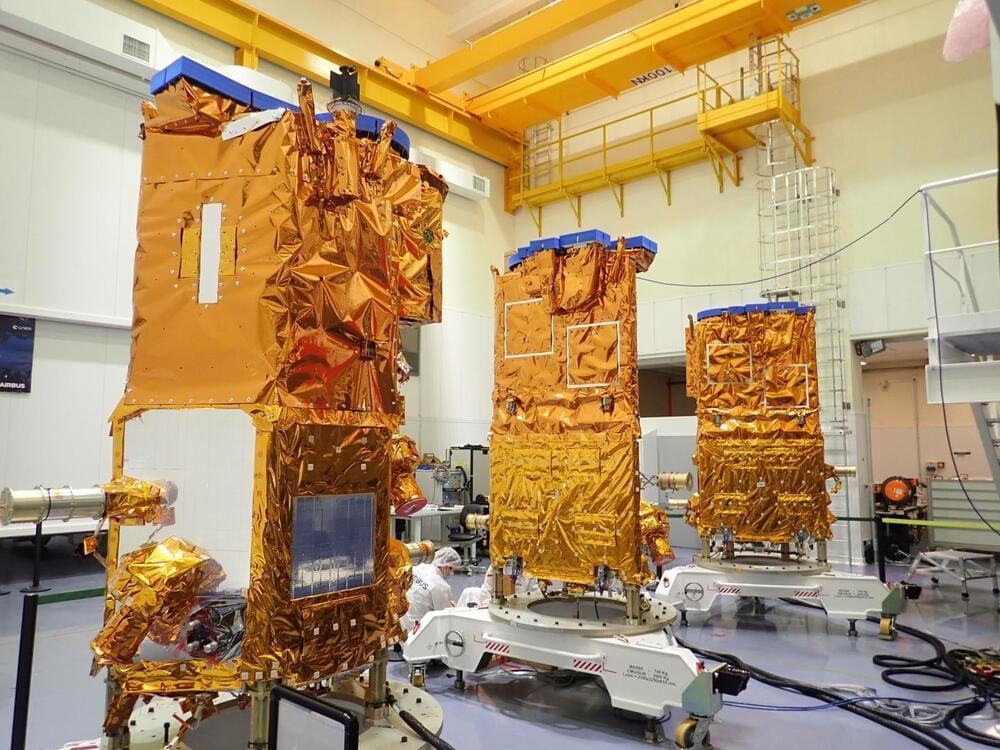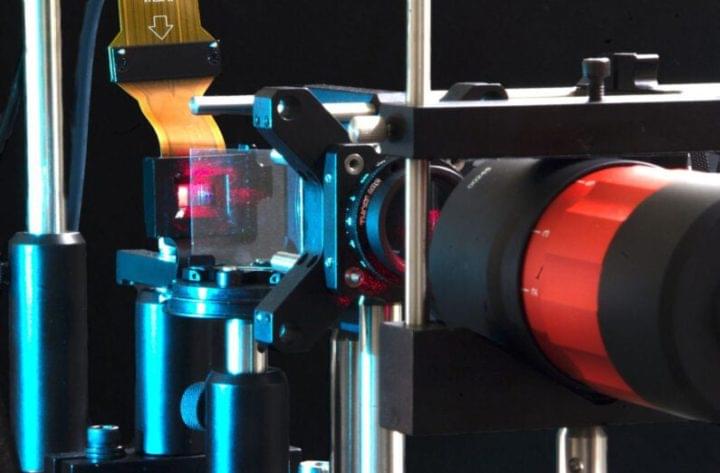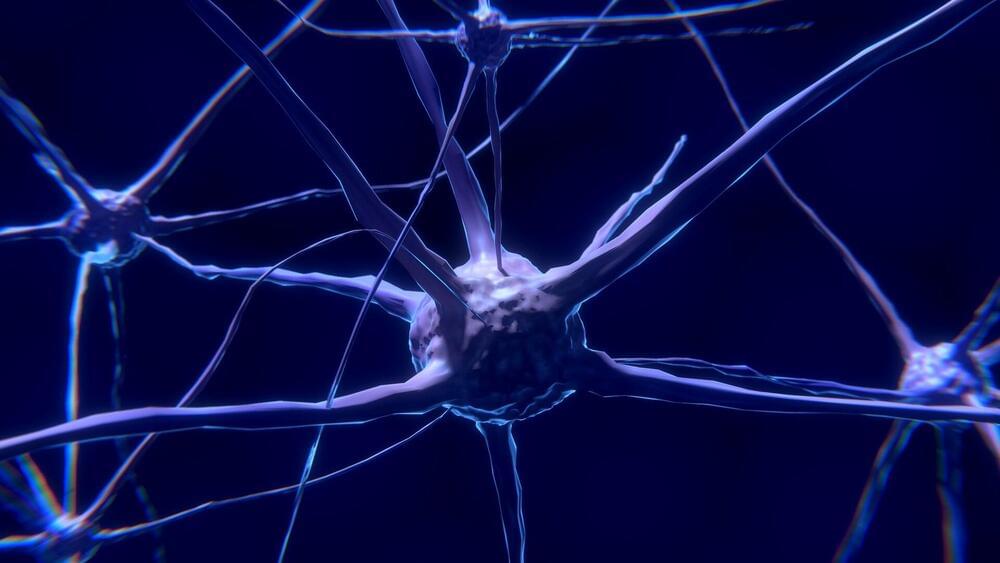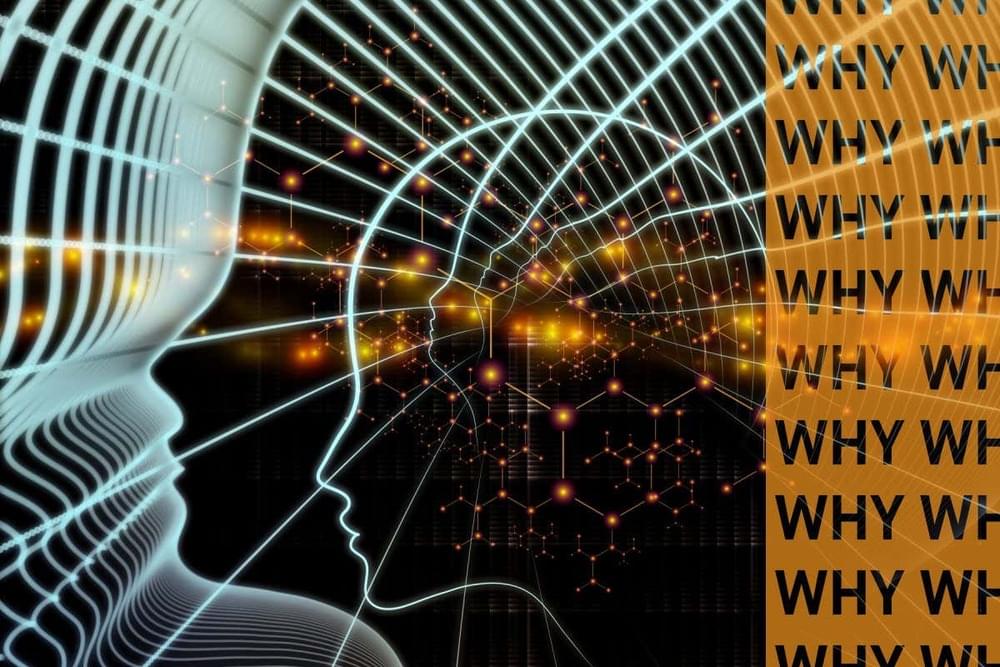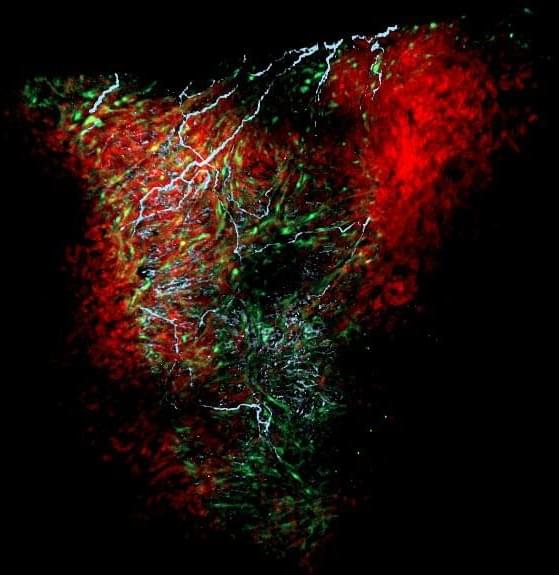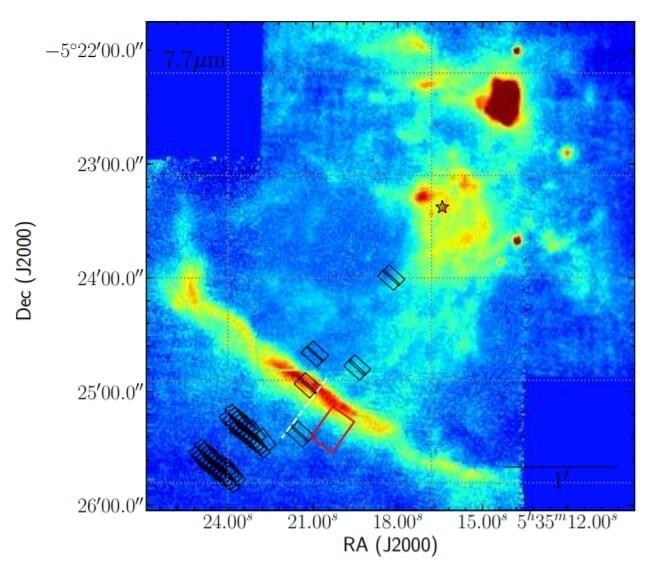Nov 20, 2021
Three CERES satellites for French DGA successfully launched
Posted by Saúl Morales Rodriguéz in category: satellites
The French Armament General Directorate’s (DGA) ‘Capacité de Renseignement Electromagnétique Spatiale/Space-based Signal Intelligence Capability’ satellites have been successfully launched.
An Arianespace Vega rocket lifted off with the satellites from the European spaceport in French Guiana.
Known by the French acronym CERES, the satellites were designed and built by Airbus Defence and Space, and Thales.
